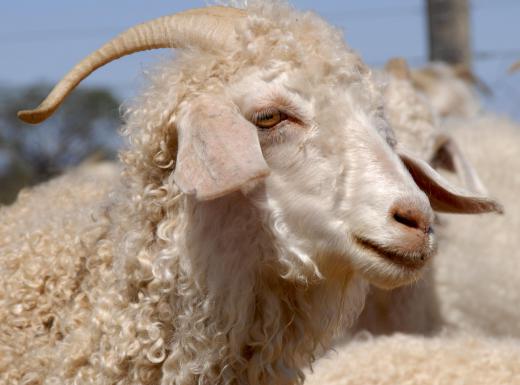At Sports&Hobbies, we're committed to delivering accurate, trustworthy information. Our expert-authored content is rigorously fact-checked and sourced from credible authorities. Discover how we uphold the highest standards in providing you with reliable knowledge.
What are Hard Plastic Dolls?
Hard plastic dolls were first made in the late 1940s. Hard plastic replaced composition, the material that had previously been made to make dolls. Hard plastic dolls were much more durable than composition dolls, making them better suited for children's play. Hard plastic was also better for creating fine details, such as the dimples on fingers and toes.
Hard plastic dolls were created in molds; as a result, a mold line is usually visible on the sides of each body part. The hollow torsos and heads were made in two pieces -- front and back -- that were later glued together. Early plastic dolls were strung, meaning their head, arms, and legs were connected to the body with a rubber band or elastic cord that was run through the hollow torso. Starting in the early to mid-fifties, these dolls were marketed as "walkers" -- dolls with an interior mechanism that turned their head from side to side as their legs moved back and forth.

Early hard plastic dolls were molded out of pale flesh-colored plastic, then painted with a darker flesh shade. On top of the flesh paint, other painted features were added, such as blush to the cheeks, the backs of the hands, and the knees; painted eyelashes; red rosebud lips; and/or nail polish on the tiny fingertips. Some dolls had painted eyes, but most had sleep eyes: glass eyes that were weighted so they closed when the doll was laid on its back, and opened when the doll was placed in a sitting or standing position.
Some hard plastic dolls, such as baby dolls, had molded hair, which meant that the head was shaped and painted to look like it had hair on it. Many other plastic dolls had wigs glued onto their heads. Early wigs were made of mohair, while later wigs were made of saran, a type of plastic hair that could be brushed, washed, and curled using doll-sized curlers. In the mid-fifties, when vinyl was first used, some dolls had "skull caps" -- vinyl or soft plastic hairpieces, rather like wigs except with rooted hair -- which were glued to a doll's head just like a wig. Later on, some dolls had hard plastic bodies and vinyl heads with rooted hair.
Most early hard plastic dolls came in larger sizes, such as 14-inch, 17-inch, and 20-inch dolls. Hard plastic quickly became a popular material for the eight-inch toddler dolls of the 1950s; later on, hard plastic was even used for a few of the fashion dolls that became popular in the late fifties and sixties. The bodies were usually six-piece bodies: arms, legs, torso, and head.
Because hard plastic is such a durable material, it is much easier these days to find a hard plastic doll in good condition than it is to find a composition or china doll without chips, cracks, or breaks. However, these dolls are not without their problems. One of the most common problems is that hard plastic tends to separate at the seams of the hollow pieces, such as the torso and head. Usually, such seam separations happen because of pressure on the seams; for instance, dolls that are strung too tightly may eventually show seam separations at the neck, and walker dolls often have separations in the bottom of the torso, where the walking mechanism is located. These dolls can also crack or break if they are dropped, but on the whole, hard plastic is a much more durable material than those that were previously used to make dolls.
AS FEATURED ON:
AS FEATURED ON:











Discussion Comments
I am trying to ID a vintage 12" hard plastic doll w/ sleep eyes. She has blue-grey eyes with painted on eyelashes and eyebrows. She has the name "NANCY" on the mid upper back area. She has glued on blond hair. She came with a red outfit, red coat and red beret hat, red/white pj's, metal roller skates and in a cardboard steamer trunk w/ metal fittings and handle. I am guessing she might be from the 20's or 30's as the woman who gave it to me was born in the mid 20's and this was her doll originally. I would like to know the manufacture of this doll if anyone can identify it with my description. Thank you!
..help!!! Can anyone identify my half doll? Her body (upper torso) has side seam...like a mold. I found her at a neighbors yard sale. She reminded me of the toilet tank extra paper holder my grandmom had...but her skirt is SOLID blown glass or plastic so its more of a base/stand for her. I fell in love with her pretty painted face and eyelashes and the way her eyes open and close. She is a redhead..I can't see markings because her hair is glued on. Her hand blown hat is held by an OLD pipe cleaner, and her hand blown parasol is attached by a heavy wire. She stands 11" high (doll around 6/7") approx. and 8" wide. She is in perfect condition, there is even extra factory plastic/vinyl? between her formed fingers. Her arms move up and down...And her beautiful painted blue eyes open and close when laying or standing. Her eyelashes are painted on her lids, and there is NO wear and tear!!! She's a beauty.
Post your comments